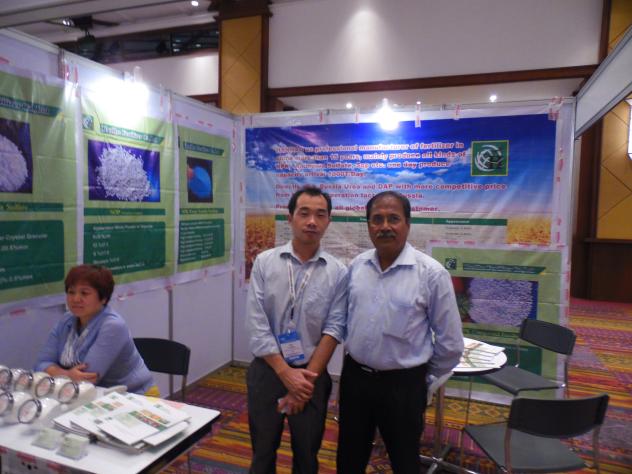
Aug . 13, 2024 10:40 Back to list
Production of High-Quality 15% Water-Soluble Fertilizers for Optimal Plant Growth and Soil Health
The Importance of 15-15-15 Water Soluble Fertilizer in Modern Agriculture
In the world of modern agriculture, the quest for high-yield, sustainable farming practices is more crucial than ever. One of the key components aiding farmers in this pursuit is the use of water-soluble fertilizers, among which the 15-15-15 formula stands out. This balanced fertilizer, containing equal parts of nitrogen, phosphorus, and potassium, plays a vital role in enhancing crop productivity and ensuring soil health.
The 15-15-15 water-soluble fertilizer is characterized by its three essential nutrients nitrogen (N), phosphorus (P), and potassium (K), each contributing uniquely to plant growth. Nitrogen is crucial for leaf and stem growth, phosphorus is integral for root development and flowering, while potassium is essential for overall plant health, including disease resistance and stress tolerance. This balanced nutrient profile makes the 15-15-15 formulation suitable for a wide variety of crops, from fruits and vegetables to ornamental plants.
One of the primary advantages of using water-soluble fertilizers like the 15-15-15 formula is its quick and efficient nutrient delivery system. When dissolved in water, these fertilizers allow for immediate uptake by plants, ensuring that they receive the nutrients they need at critical growth stages. This feature is particularly beneficial during periods of stress, such as droughts or diseases, where plants require optimal nutrient availability to recover and thrive.
In addition to rapid nutrient availability, the flexibility of application methods with 15-15-15 water-soluble fertilizers enhances their appeal. Farmers can apply these fertilizers through fertigation, a process that combines fertilization and irrigation. This method not only maximizes nutrient absorption while minimizing waste but also prevents the risk of nutrient leaching, which can occur with granular fertilizers. Moreover, the ability to adjust the nutrient concentration based on specific crop needs allows farmers to tailor their fertilization practices for the best results.
15 15 15 water soluble fertilizer factory

Another significant benefit of 15-15-15 water-soluble fertilizers is their compatibility with various soil types and conditions. Whether in sandy, loamy, or clay soils, these fertilizers can enhance nutrient availability and improve soil structure. Additionally, they facilitate better water retention and aeration, creating an optimized environment for root growth and development.
Furthermore, as the agricultural sector increasingly embraces sustainable practices, the use of balanced water-soluble fertilizers like 15-15-15 aligns with modern farming philosophies. By ensuring that crops receive the essential nutrients they need without over-fertilizing, farmers can minimize environmental impact while maximizing yield. This is particularly important in regions facing soil degradation and nutrient runoff, where sustainable practices can help maintain ecological balance.
Despite its many advantages, the use of 15-15-15 water-soluble fertilizer should be guided by soil testing and crop requirements. Over-application can lead to nutrient imbalances and potential harm to crops and the environment. Therefore, farmers should adopt a careful and informed approach to fertilization, ensuring that their practices contribute positively to both agricultural productivity and sustainability.
In conclusion, the 15-15-15 water-soluble fertilizer represents a critical tool for modern agriculture. With its balanced nutrient profile, rapid absorption, and versatile application methods, it supports the essential goal of enhancing crop yields while promoting sustainable practices. As farmers worldwide strive to meet the demands of a growing population, products like 15-15-15 will play an integral role in shaping the future of food production. By embracing innovative agrochemicals, farmers can continue to cultivate healthy crops and contribute to a sustainable food system.
-
Premium 10 10 10 Fertilizer Organic for Balanced Plant Growth
NewsJul.29,2025
-
Premium 10 10 10 Fertilizer Organic for Balanced Plant Growth
NewsJul.29,2025
-
50 Pound Bags of 13-13-13 Fertilizer for All Plants – Bulk & Organic Options
NewsJul.28,2025
-
High-Efficiency 15-30-15 Granular Fertilizer for Healthy Crops
NewsJul.28,2025
-
15-30-15 Granular Fertilizer for Optimal Crop & Lawn Growth
NewsJul.27,2025
-
Premium 10 10 10 Water Soluble Fertilizer for Fast Plant Growth
NewsJul.26,2025
